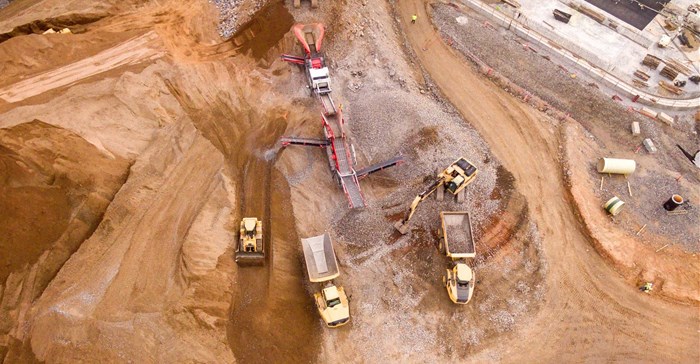
“The dire state of the global economy may be prompting the considerable number of PEAs being published," says Roger Dixon, corporate consultant at SRK Consulting.
Many PEAs include calculations on envisaged production levels, capital costs, operational costs and even net present values (NPVs) and internal rates of return (IRRs). “Setting out these indicators in exact dollars and cents tends to belie the many assumptions that must be made at this stage in a project. At best, it is a somewhat fruitless exercise to attach such exact numbers to a PEA – while at worst it could be highly misleading. There are just so many assumptions that are being made at this stage in a development, which have yet to be tested scientifically by technical studies," he says.
He acknowledged that stock exchange regulators do make special provision for PEAs, and that they do have a role in the project planning pipeline. Canada’s National Instrument 43-101, developed after the 1997 Bre-X scandal, recognises PEAs as one type of economic analysis of a mineral resource’s potential viability.
“Regulators highlight, however, that PEAs have severe limitations. For instance, they tend to be overly reliant on converting inferred resources to indicated resources; they may also be misleading if they treat inferred resources as mineral reserves.”
Inferred resources represent the lowest level of confidence in geological estimation.
Reading media reports of mining project PEAs brings home this risk, he says, with some projects showing that a third or more of the mineralised material they employ in their models is in the inferred resource category. The NI 43-101 requires that a PEA that includes inferred resources in its modelling must have a qualifying statement to clarify that these are too speculative geologically to have economic considerations applied to them.
“PEAs also tend to underestimate the costs and complexities of a project, and create expectations for indicators like NPV and IRR that may not be achieved in later studies – such as prefeasibility and feasibility studies. They also often use overly optimistic metal recoveries and metal price assumptions," says Dixon.
He warned that PEAs were not intended to be the basis for production or investment decisions, but rather to be stepping stones in a much longer and more focused scientific and engineering process.
“The way that PEAs are reported in the media – where there is seldom space for all the necessary disclaimers – can also make a project appear more attractive than it should. In reality, a PEA does little to demonstrate economic viability, and projects at this stage of development typically have a high risk of economic or technical failure," he says.
There is a wide range of modifying factors – including increasingly important social and environmental impacts – that mining projects had to explore and mitigate before a mine’s viability could be fully assessed.